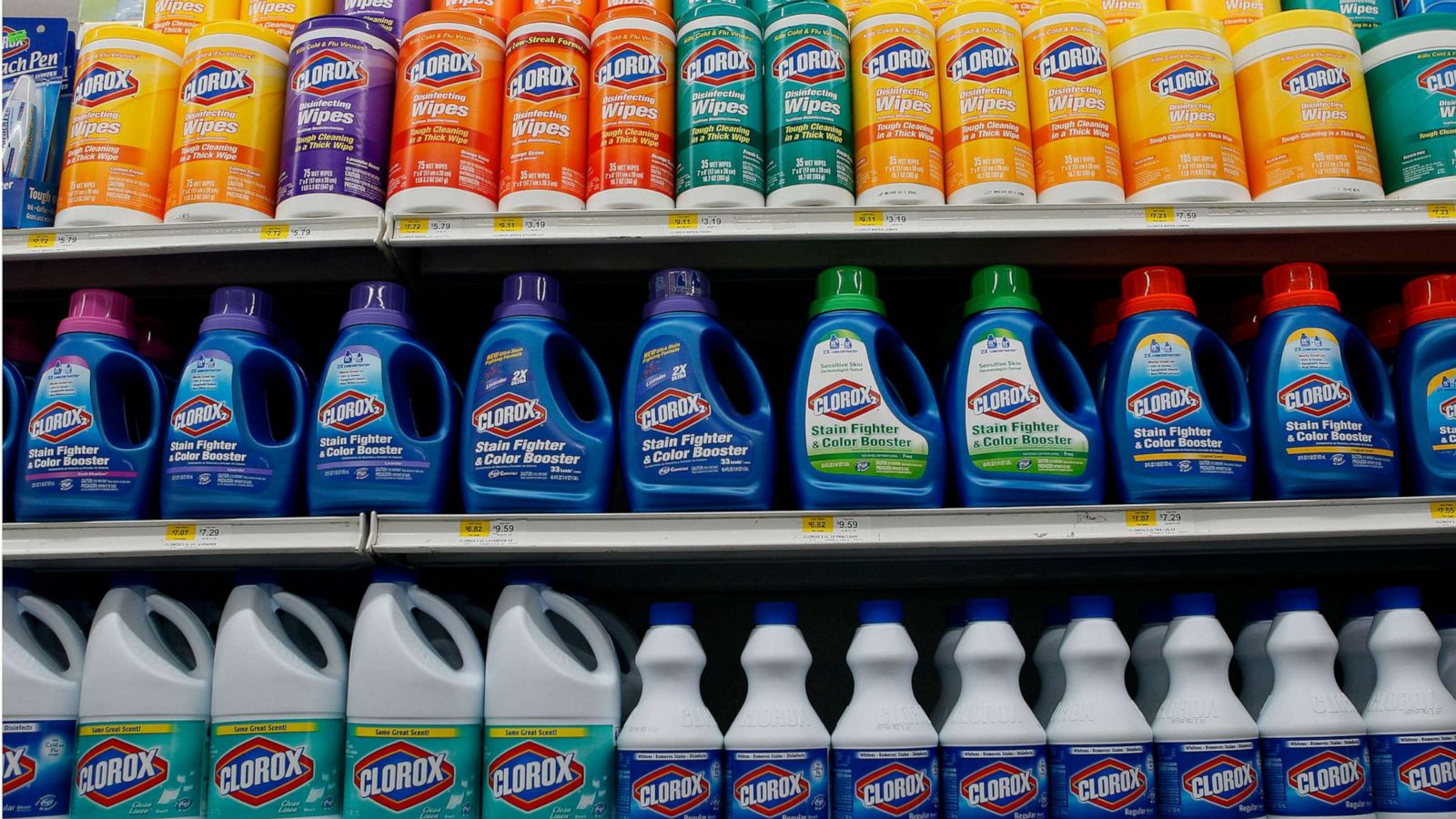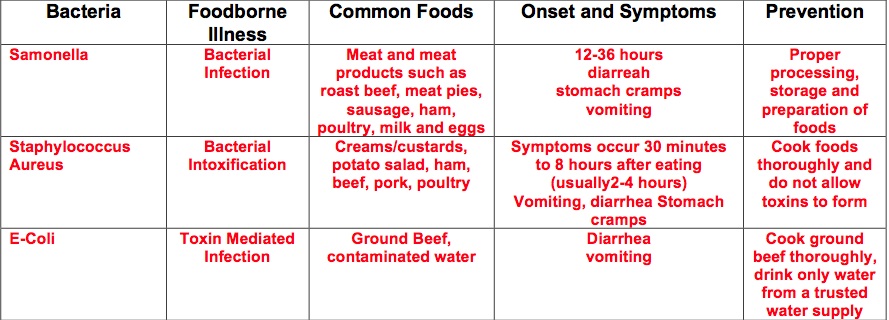Coli presides in abundance in our lower intestines and therefore could be found in human excrements. Proteins in urine can indicate kidney disease or kidney damage.
 Urinalysis A Comprehensive Review American Family Physician
Urinalysis A Comprehensive Review American Family Physician
Bacteria are frequently noted on urinalysis and cultured from urine specimens.

Bacteria in urinalysis. Gram-positive pathogens associated with cystitis include the coagulase-negative Staphylococcus saprophyticus Enterococcus faecalis and Streptococcus agalactiae. Dipstick urinalysis Will provide quantity of bacteria Allows for eventual speciation and sensitivity testing to be completed in order to guide therapy Often used in patients with. Chlamydia and mycoplasma bacteria can infect the urethra but not the bladder.
Coli usually found in the digestive system. The most common cause for WBCs in urine leukocyturia is a bacterial urinary tract infection UTI such as a bladder or kidney infection. Its a test to check for germs or bacteria in your pee that can cause a urinary tract infection UTI.
Bacteria can travel from the gastrointestinal tract or the urethra and cause a UTI. A few common causes of bacteria in urine are listed below. When evaluating the clinical significance of a urine culture these 3 conditions must each be considered and classification.
UTIs are given different names depending on where they occur. Read the full article. The presence of bacteria in the urine may indicate one of 3 conditions.
Occasionally the number of bacteria sufficient enough that urine culture may be positive. The presence of bacteria in urine is called bacteriuria. Or 3 asymptomatic bacteriuria ASBU.
While ideally there should be no bacteria in urine commonly routine urinalysis picks up some bacteria. Coli Enterococcus faecalisLactobacillus and Klebsiella pneumonia are the most common species of bacteria that infect the urine. Your urinary tract includes the kidneys bladder and the tubes that carry your pee ureters.
Gram-negative bacteria such as Escherichia coli most commonly Proteus vulgaris Pseudomonas aeruginosa and Klebsiella pneumoniae cause most bladder infections. If I Have Bacteria in My Urine Does it Mean I Have an Infection. This is a gram-negative bacterium prone to developing resistance to antibiotics.
They may also be present in urine after. The vast majority of urinary tract infections UTIs are caused by the bacterium Escherichia coli E. In addition to WBCs bacteria and RBCs may also be seen in the microscopic examination.
According to WebMD a urinalysis test typically takes one to three days to complete as the bacteria must be grown in a laboratory setting to be identified for treatment. The presence of bacteria in a properly collected male urine specimen is suggestive of infection and a culture should be obtained. A count of 100000 bacteria or more per milliliter of urine is considered an infection while a count lower than that is generally considered to be contaminated due to a poor collection sample.
The commonest bacteria isolated from the urinary tract of 75- 80 of young sexually active non-pregnant women with an uncomplicated UTI are E. Nitrites in urine can indicate a bacterial infection such as a urinary tract infection. 2 urinary tract infection UTI.
ASB -- the presence of bacteria in the urine without the symptoms of an infection -- is quite common and has been identified as a contributor to antibiotic misuse which promotes resistance. Recurrent infection Prior infection unresolved with antibiotics Signssymptoms of an upper urinary tract infection Complicated UTIs.




